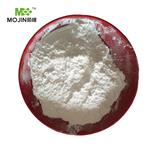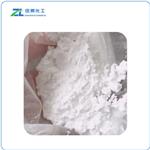Chemical Properties
Crystalline
Uses
Glycine ethyl ester (GEE) is used in conjunction with N-(3-Dimethylaminopropyl)-N?-ethylcarbodiimide (EDC) for carboxyl-foot printing studies of proteins. The GEE/EDC protocol effects specific derivatization of glutamate and aspartate carboxyl side chains on intact proteins. This reaction is readily done under aqueous conditions at physiological pH. It is mainly used as a pharmaceutical raw material. Glycine ethyl ester hydrochloride is an important intermediate for preparing chrysanthemic acid or two chlorine chrysanthemic acid and is mainly used in the synthesis of anti-inflammatory drugs, but also can be used for the synthesis of four imidazole acetic acid.
Uses
As a Glycine (G615990) ester, Glycine ethyl ester hydrochloride can be used as parakeratosis inhibitor and external composition for skin.
reaction suitability
reaction type: solution phase peptide synthesis
Synthesis
A production method for glycine ethyl ester hydrochloride:First add dehydrated ethanol in 1# reactor, pass into anhydrous hydrogen chloride to obtain hydrochloric acid-ethanol solution; Add a certain amount of triethyl orthoformate and glycine and hydrochloric acid-ethanol solution in 2# reactor, in the Reaction under action; after the reaction is complete, distill and recover ethanol and ethyl formate; then add alcohol-ether mixture, wash, filter, concentrate, recrystallize, and vacuum dry to obtain ethyl glycine hydrochloride.
Purification Methods
Crystallise it from absolute EtOH or EtOH/Et2O. [Marvel Org Synth Coll Vol II 310 1943, Beilstein 4 II 780, 4 III 3 75.]






